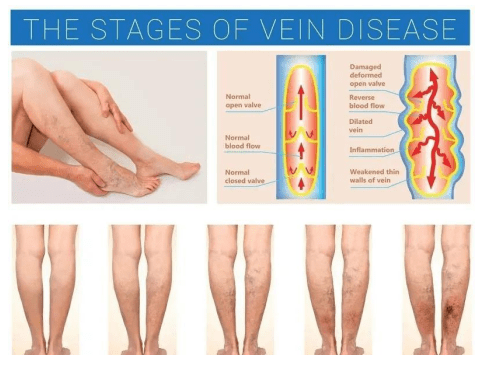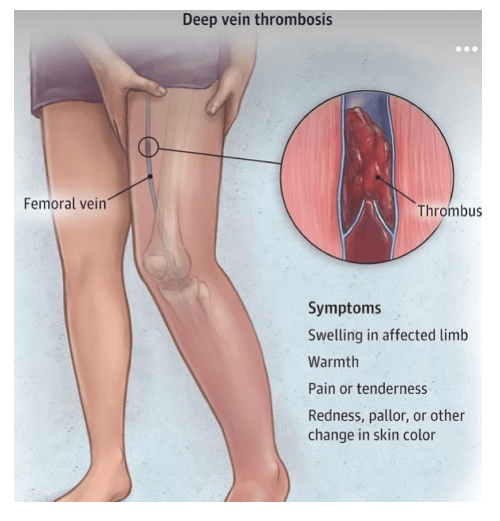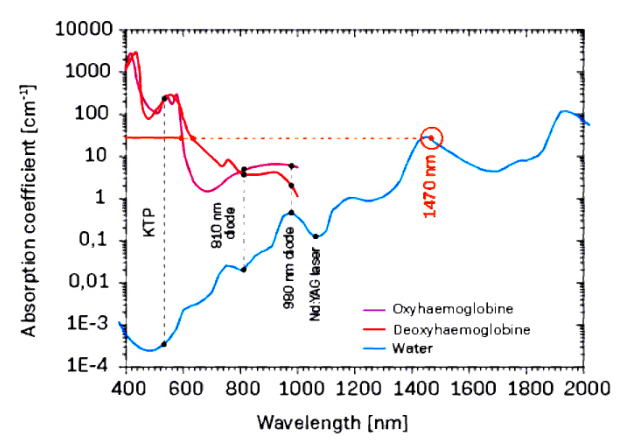Varicose veins
As many as 40% of women and 20% of men are reported to suffer from fatigue, heavy and swollen legs, and prominent veins clearly visible under the skin. The main reasons include congenital connective tissue weakness, hormonal changes, and prolonged standing and sitting. Damaged veins are not just a cosmetic problem-in the worst case and late stage, they can cause pain and skin ulcers if left untreated.


We know that there are many ways to treat varicose veins.
You have the following options: compression therapy, surgery, sclerotherapy, and laser therapy(EVLT).
But why do we recommend choosing our DOD 980nm 1470nm to treat varicose veins?
Let's first look at the principles and complications of other treatment options:
1. Compression therapy
The principle underlying this type of treatment is to reduce the width of the vein by applying external pressure.
However, once a vein becomes distended, it can never contract back to its original size, and so compression therapy needs to be applied for the remainder of the patient‘s life.
2. Surgery
Vein stripping is the standard surgical treatment for removing large varicose veins. This procedure extracts the diseased saphenous vein from the leg in its entirety.
Surgery is usually performed under general anesthesia, and recovery takes approximately three weeks. According to literature one out of seven patients is expected to have damage to the adjacent nerves.
3. Sclerotherapy
Involves injecting foam into the vessels where it causes an inflammation. When the inflammation is in remission, the veins scar over and the varicose vein scleroses.
However, certain basic undesirable effects may occur: allergic reactions, skin necroses (death of skin cells), excessive sclerosis reactions (tissue hardenings), nerve damage, migraine-like symptoms, orthostatic collapse (faints due to sudden blood pressure decrease) and thromboembolism (venous occlusion due to a transported clot).
But why do we recommend choosing our DOD Diode Laser 980nm 1470nm to treat varicose veins?

In fact, DOD Laser is suitable for all surgical applications that require vaporization, incision, resection, ablation, cutting, hemostasis and soft tissue coagulation.
The 1470nm laser beam has low melanin and hemoglobin absorption rates suitable for skin penetration and high water and fat absorption rates for selective photopyrolysis.
The absorption of 1470nm by cell water is 40 times that of 810/980 nm and 80 times that of the Nd:YAG 1064 nm laser wave, as shown in the figure below:

The EVLT is effective, safe, quick and painless. This technique is better than the traditional surgery:
Local or locoregional anesthesia
No hospitalization, ambulatory
No bruises
No downtime: fast recovery
No post-operative effects: shower possible straight away, no pain
The main advantage of DOD 980nm 1470nm fiber:
The Ringlight radial fibers, with the encapsulated tip, smooth and atraumatic, avoid perforations
of the vein wall.
Radial emission leads to an homogeneous destruction of the vein wall exclusively.

Previous:Varicose veins treatment
